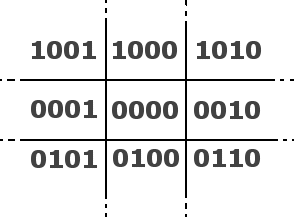Clipping
- The process of selecting and viewing the picture with different views is called windowing , and a process which divides each element of a picture into its visible and non- visible portion allowing the invisible portion to be discarded is called CLIPPING.
- we can generate different views of a picture by applying the appropriate scaling and translations by during this we have to identify the visible part of the picture for including it in the display device.
- Selection lines may lie partially inside the visible portion of the picture and partially outside. these lines can't emitted entirely from the display image because image would become in accurate .
- The procedure that identifies the portion of the picture that are either inside and outside of the specific region or space is referred to as clipping. The region against which an object is to be clicked is called clip window.
There are various line clipping algorithms:
- Sutherland and cohen sub-division line clipping algorithm .
- Liang barsky line clipping algorithm.
- Mid-point subdivision line clipping algorithm.
Posted in algorithm, Cg notes, clipping, clipping algorithm, cohen, computer, graphics, Liang barsky, Mid-point subdivision, sutherland, types of clipping

